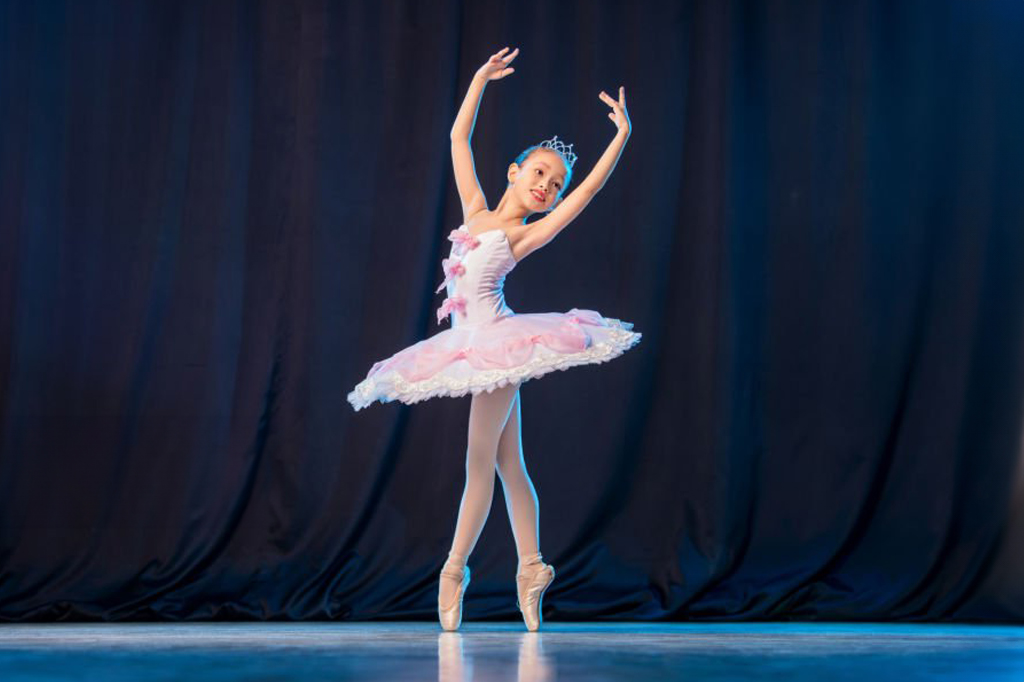
The Royal Academy of Dance (RAD) is a prestigious dance organization that has been setting the standard for classical ballet training for over 100 years. The RAD curriculum is designed to provide a comprehensive and progressive approach to ballet training, starting from the earliest years of a dancer’s development and continuing through to professional levels. In this article, we will take a closer look at the RAD curriculum, breaking down the different levels and progressions to help dancers and teachers better understand the structure and goals of this renowned program.
The RAD curriculum is divided into several levels, each with its own set of progressions and requirements. These levels range from Pre-Primary, designed for children as young as two and a half, to the Vocational Graded Levels, which provide advanced training for aspiring professional dancers. Along the way, students progress through Primary levels and Grade levels, building a strong foundation in classical ballet technique and developing their artistic skills and musicality. In addition to the core ballet training, the RAD curriculum also includes specialized modules for teacher training and assessment and examination procedures.
Overall, the RAD curriculum is designed to provide a comprehensive and well-rounded approach to ballet training, preparing students for a lifetime of dance. Whether you are a student, teacher, or parent, understanding the structure and goals of the RAD curriculum can help you make informed decisions about your dance education. In the following sections, we will provide a more detailed breakdown of each level and progression, as well as answer some frequently asked questions about the RAD curriculum.
Key Takeaways
- The RAD curriculum provides a comprehensive and progressive approach to ballet training, starting from Pre-Primary levels and continuing through to Vocational Graded Levels.
- The curriculum includes specialized modules for teacher training, assessment, and examinations.
- Understanding the structure and goals of the RAD curriculum can help dancers and teachers make informed decisions about their dance education.
Overview of RAD Curriculum
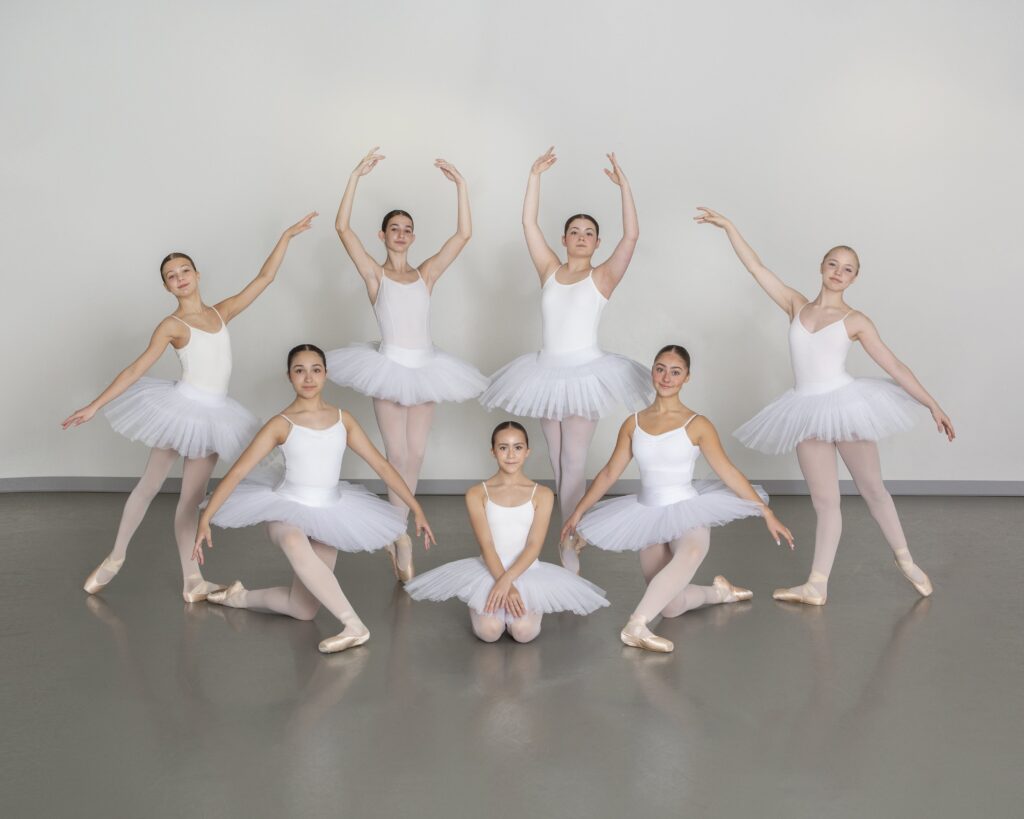
The Royal Academy of Dance (RAD) is one of the world’s most influential dance education organizations, with a curriculum that has been developed over the course of many years. The RAD curriculum is designed to provide students with a comprehensive education in classical ballet, with a focus on developing technical skills, musicality, and artistry.
Core Principles
The RAD curriculum is based on a set of core principles that guide the teaching and learning of ballet. These principles include the importance of correct alignment, the use of turnout, and the development of strength and flexibility. The curriculum is also designed to be progressive, with each level building on the skills and knowledge learned in the previous level.
Educational Philosophy
The RAD’s educational philosophy is based on the belief that ballet is a highly technical art form that requires discipline, dedication, and hard work. The curriculum is designed to challenge students to develop their skills and abilities to the fullest extent possible, while also encouraging creativity and artistic expression.
To achieve this, the RAD curriculum includes a range of exercises and progressions that are designed to develop the different aspects of ballet technique. These include exercises for developing turnout, jumps, and turns, as well as exercises for developing strength, flexibility, and balance.
Overall, the RAD curriculum is a comprehensive and well-structured program that provides students with a solid foundation in classical ballet technique. By following the curriculum, students can develop their skills and abilities to the fullest extent possible, while also gaining a deep appreciation for the artistry and beauty of ballet.
Pre-Primary Levels

Pre-Primary Syllabus
The RAD Pre-Primary syllabus is designed for young dancers aged 5-6 years old. It is an introduction to the RAD ballet curriculum and is taught in a fun and imaginative way to help children develop a love for dance. The syllabus consists of exercises at the barre and in the centre, which focus on developing coordination, musicality, and basic ballet technique.
In the Pre-Primary syllabus, children learn the fundamental movements of ballet, such as pliés, tendus, and relevés. They also learn basic ballet positions, such as first position, second position, and third position. The syllabus also includes simple jumps and turns, which help children develop their balance and coordination.
Key Objectives
The key objectives of the Pre-Primary syllabus are to introduce children to the RAD ballet curriculum and to develop their love for dance. The syllabus is designed to be fun and imaginative, with exercises that encourage children to use their imagination and creativity.
The syllabus also aims to develop children’s physical skills, such as coordination, balance, and flexibility. By learning basic ballet technique, children develop good posture and alignment, which is important for their overall physical development.
In addition to physical skills, the Pre-Primary syllabus also helps develop children’s musicality and rhythm. Children learn to move to the music and develop an understanding of musical phrasing and timing.
Overall, the Pre-Primary syllabus provides a solid foundation for children who wish to continue their ballet training. It is an important first step in the RAD ballet curriculum and helps children develop a love for dance that will stay with them for years to come.
Primary Levels
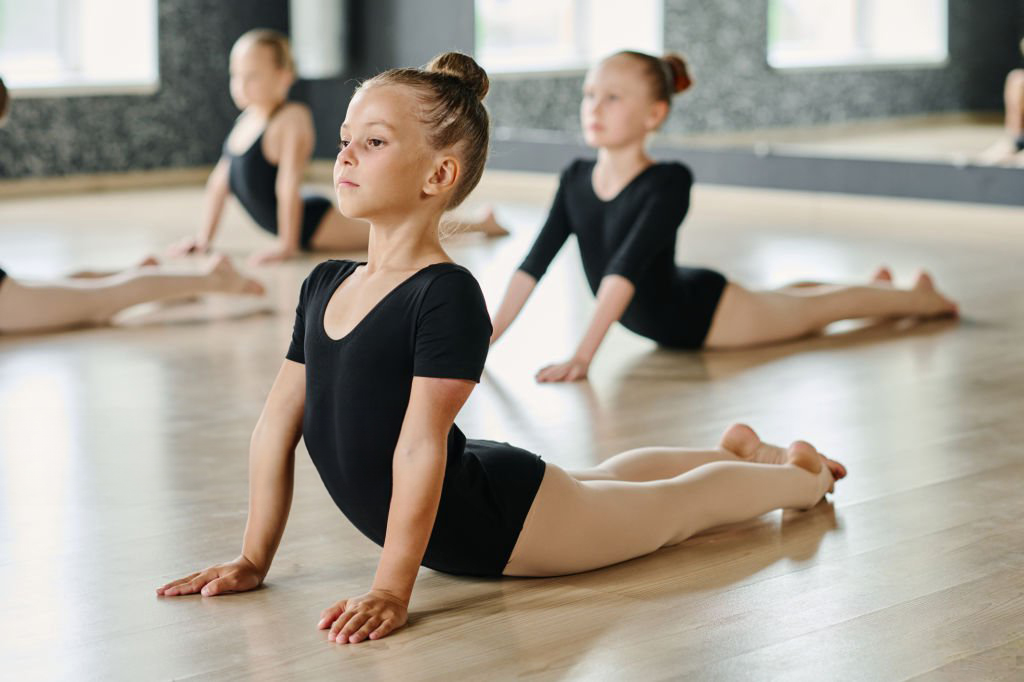
The primary levels of the RAD curriculum are designed for students aged 5-7 years old. These levels focus on building a strong foundation in classical ballet technique and developing coordination, musicality, and creativity.
Primary Syllabus
The primary syllabus consists of a series of exercises and movements that are designed to introduce students to the basics of classical ballet technique. These exercises include pliés, tendus, and relevés, as well as basic jumps and turns. Students also learn simple choreography that incorporates these movements.
Learning Outcomes
By the end of the primary levels, students should be able to demonstrate a basic understanding of classical ballet technique and terminology. They should be able to perform simple movements with coordination and musicality, and have developed a sense of creativity and expression.
Overall, the primary levels serve as an important foundation for students to build upon as they progress through the RAD curriculum. With a strong understanding of the basics, students are better equipped to tackle more complex movements and choreography in the higher levels.
Grade-Level Progressions
The Royal Academy of Dance RAD curriculum is designed to provide a structured and progressive approach to ballet training. As students progress through the levels, they are introduced to new concepts and techniques that build on their previous training.
Grades 1 to 3
In Grades 1 to 3, students focus on developing a strong foundation in ballet technique. They learn basic steps and positions, as well as proper alignment and posture. Students also begin to develop musicality and artistry, as they learn to express themselves through movement.
Some of the key skills that students learn in Grades 1 to 3 include:
- Basic ballet positions and steps
- Correct alignment and posture
- Musicality and rhythm
- Coordination and balance
- Artistic expression
Grades 4 to 5
In Grades 4 to 5, students continue to build on their foundation in ballet technique. They learn more complex steps and combinations, as well as more advanced concepts such as pirouettes and allegro (jumps). Students also begin to explore different styles of ballet, such as classical and contemporary.
Some of the key skills that students learn in Grades 4 to 5 include:
- More complex ballet steps and combinations
- Pirouettes and allegro (jumps)
- Different styles of ballet
- Artistic interpretation and expression
- Stage presence and performance skills
Grade 6 and Beyond
In Grade 6 and beyond, students are introduced to even more advanced concepts and techniques. They focus on refining their technique and developing their artistry, as they prepare for a career in dance or further study.
Some of the key skills that students learn in Grade 6 and beyond include:
- Advanced ballet technique and repertoire
- Pointe work (for female students)
- Partnering (for male and female students)
- Artistic interpretation and expression
- Performance skills and stagecraft
Overall, the RAD curriculum provides a comprehensive and structured approach to ballet training, designed to help students develop their skills and reach their full potential.
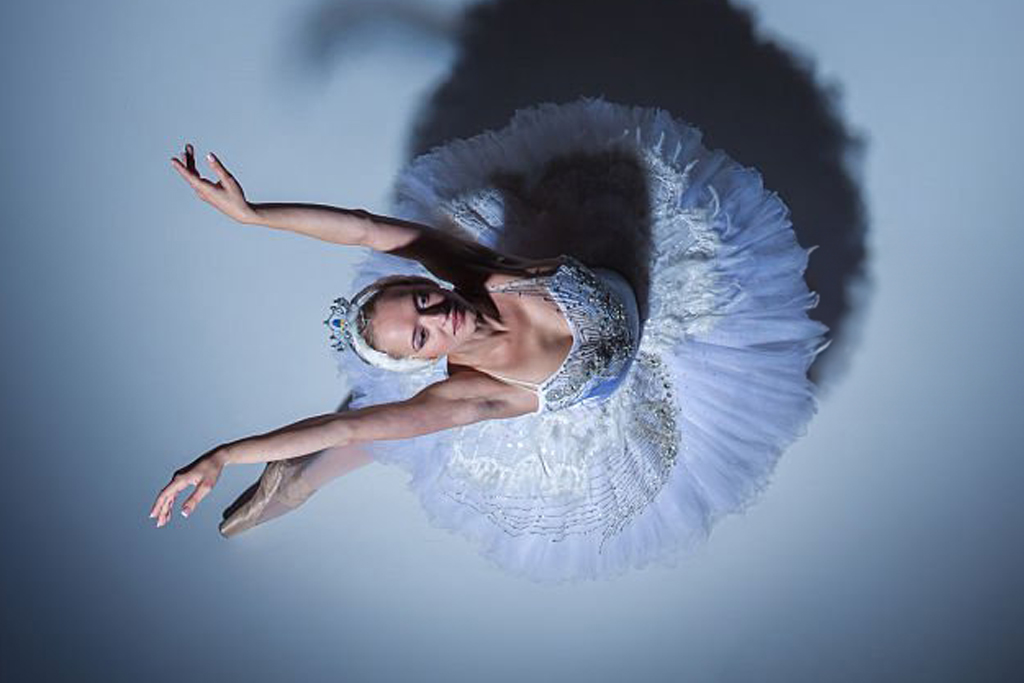
Vocational Graded Levels
The Vocational Graded Levels are designed for students who want to pursue a career in dance. These levels are more challenging and require a higher level of technical proficiency than the graded levels. The RAD offers five vocational graded levels, each with its own set of progressions and requirements.
Intermediate Foundation
The Intermediate Foundation level is the first vocational graded level and is designed for students who have completed the Grade 5 examination. This level focuses on developing the student’s technical skills and artistry, with an emphasis on musicality and performance quality. Students at this level are expected to have a good understanding of ballet terminology and be able to execute more complex movements, such as pirouettes and allegro.
Intermediate
The Intermediate level is the next step in the vocational graded levels and is designed for students who have completed the Intermediate Foundation level. This level focuses on developing the student’s technical skills and artistry to a higher level, with an emphasis on musicality, performance quality, and expression. Students at this level are expected to have a strong understanding of ballet terminology and be able to execute more complex movements, such as fouettés and grand allegro.
Advanced Foundation
The Advanced Foundation level is designed for students who have completed the Intermediate level. This level focuses on refining the student’s technical skills and artistry, with an emphasis on musicality, performance quality, expression, and artistry. Students at this level are expected to have a thorough understanding of ballet terminology and be able to execute advanced movements, such as multiple pirouettes and complex allegro.
Advanced 1
The Advanced 1 level is designed for students who have completed the Advanced Foundation level. This level focuses on developing the student’s technical skills and artistry to an advanced level, with an emphasis on musicality, performance quality, expression, and artistry. Students at this level are expected to have a strong understanding of ballet terminology and be able to execute advanced movements, such as multiple turns in second and complex adage.
Advanced 2
The Advanced 2 level is the highest vocational graded level and is designed for students who have completed the Advanced 1 level. This level focuses on refining the student’s technical skills and artistry to a professional level, with an emphasis on musicality, performance quality, expression, and artistry. Students at this level are expected to have an expert understanding of ballet terminology and be able to execute advanced movements, such as multiple turns in attitude and complex partnering work.
Overall, the Vocational Graded Levels are designed to prepare students for a career in dance, and the requirements for each level are carefully designed to ensure that students have the necessary skills and knowledge to progress to the next level.
Assessment and Examinations
Assessment Criteria
Assessment is an integral part of the RAD Curriculum, and it is used to track the progress of students and ensure that they are meeting the required standards. The assessment criteria are based on the RAD syllabus and are designed to provide a clear and objective measure of a student’s ability.
The assessment criteria cover a range of areas, including technique, musicality, and artistry. Students are assessed on their ability to perform specific steps and movements, as well as their overall performance and presentation. The assessment criteria are designed to be clear and transparent, so that students and their teachers can understand what is expected of them.
Examination Process
Examinations are an important part of the RAD Curriculum, as they provide students with a formal recognition of their achievements. The examination process is designed to be fair and objective, and it is based on the assessment criteria outlined in the syllabus.
Examinations are available at all levels of the RAD Curriculum, from Pre-Primary to Advanced 2. They are conducted by RAD examiners, who are trained and qualified to assess students according to the RAD syllabus. Examinations are held at designated examination centers around the world, and students are required to perform a set of prescribed exercises and dances.
The examination process is designed to be challenging, but also supportive. Students are given feedback on their performance, and are encouraged to continue working towards their goals. The RAD Curriculum is designed to provide students with a solid foundation in classical ballet, and the examination process is an important part of that journey.
Teacher Training Modules
The RAD curriculum is taught by certified teachers who have completed extensive training and certification requirements. The RAD offers teacher training modules to ensure that teachers are equipped with the necessary skills and knowledge to teach the RAD curriculum effectively.
Certification Requirements
To become a certified RAD teacher, candidates must complete a rigorous training program that includes both theoretical and practical components. The program covers topics such as anatomy, music, teaching methodology, and child development. Candidates are also required to pass a series of exams to demonstrate their knowledge and proficiency.
Once certified, RAD teachers are required to maintain their certification by completing continuing professional development (CPD) courses. These courses are designed to help teachers stay up-to-date with the latest teaching methods and techniques, as well as to broaden their knowledge and skills.
Continuing Professional Development
RAD teachers are required to complete a minimum number of CPD hours each year to maintain their certification. The RAD offers a wide range of CPD courses, including workshops, seminars, and online courses. These courses cover a variety of topics, such as teaching methodology, choreography, music, and injury prevention.
In addition to the RAD’s own CPD courses, teachers can also earn CPD credits by attending courses offered by other recognized dance organizations. This allows teachers to broaden their knowledge and skills beyond the RAD curriculum, and to stay up-to-date with the latest trends and techniques in dance education.
Overall, the RAD’s teacher training modules and CPD courses ensure that RAD teachers are among the most knowledgeable and skilled dance teachers in the world.
Frequently Asked Questions
What are the different grades and corresponding ages in the RAD ballet curriculum?
The Royal Academy of Dance (RAD) ballet curriculum consists of eight levels, each with a corresponding age range. The levels are as follows:
- Pre-Primary (ages 4-5)
- Primary (ages 6-7)
- Grade 1 (ages 7-8)
- Grade 2 (ages 8-9)
- Grade 3 (ages 9-10)
- Grade 4 (ages 10-11)
- Grade 5 (ages 11-12)
- Grade 6 (ages 12-13)
How is the grading system structured for RAD ballet exams?
The RAD ballet exams are graded on a scale of Distinction, Merit, Pass, and Unsuccessful. Students are assessed on their technique, musicality, and artistry, among other factors. The exams are designed to challenge and inspire students while also providing a clear measure of their progress and achievement.
Can you outline the progression through the RAD ballet levels?
The progression through the RAD ballet levels is carefully designed to build upon the skills and knowledge gained in previous levels. Students begin with foundational movements and gradually progress to more complex and challenging techniques. Each level introduces new steps, movements, and concepts while also refining and building upon previously learned skills.
Where can I find the RAD Ballet syllabus and study materials?
The RAD Ballet syllabus and study materials are available for purchase on the RAD website. The syllabus includes detailed information on each level, including the required technique, musicality, and artistry. Study materials, such as DVDs and books, are also available to help students prepare for exams and refine their technique.
What does it mean to receive a Distinction in RAD ballet exams?
Receiving a Distinction in RAD ballet exams is the highest achievement a student can earn. It indicates that the student has demonstrated exceptional technique, musicality, and artistry, and has exceeded the requirements for the exam. This achievement is a testament to the student’s hard work, dedication, and talent.
How are RAD ballet exam results typically interpreted and categorized?
RAD ballet exam results are typically interpreted and categorized based on the grading scale of Distinction, Merit, Pass, and Unsuccessful. A Distinction indicates exceptional achievement, while a Merit indicates strong achievement. A Pass indicates that the student has met the requirements for the exam, while an Unsuccessful result indicates that the student has not yet met the requirements. These results provide a clear measure of the student’s progress and achievement and can help guide their future training and development.
Get in Touch
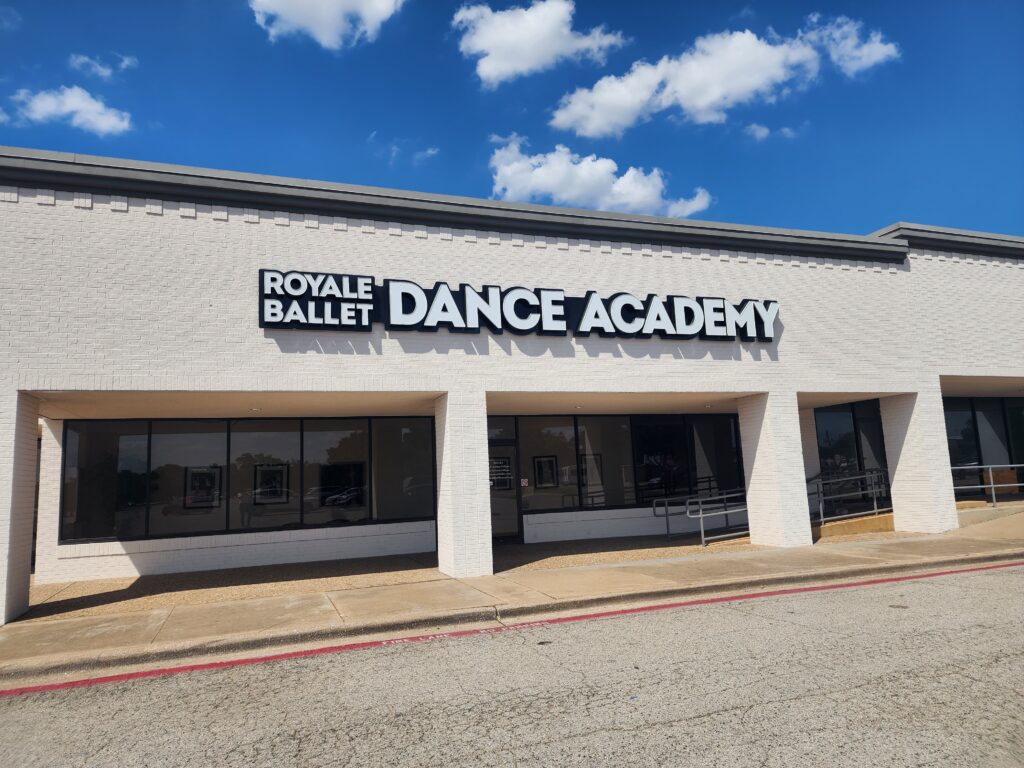
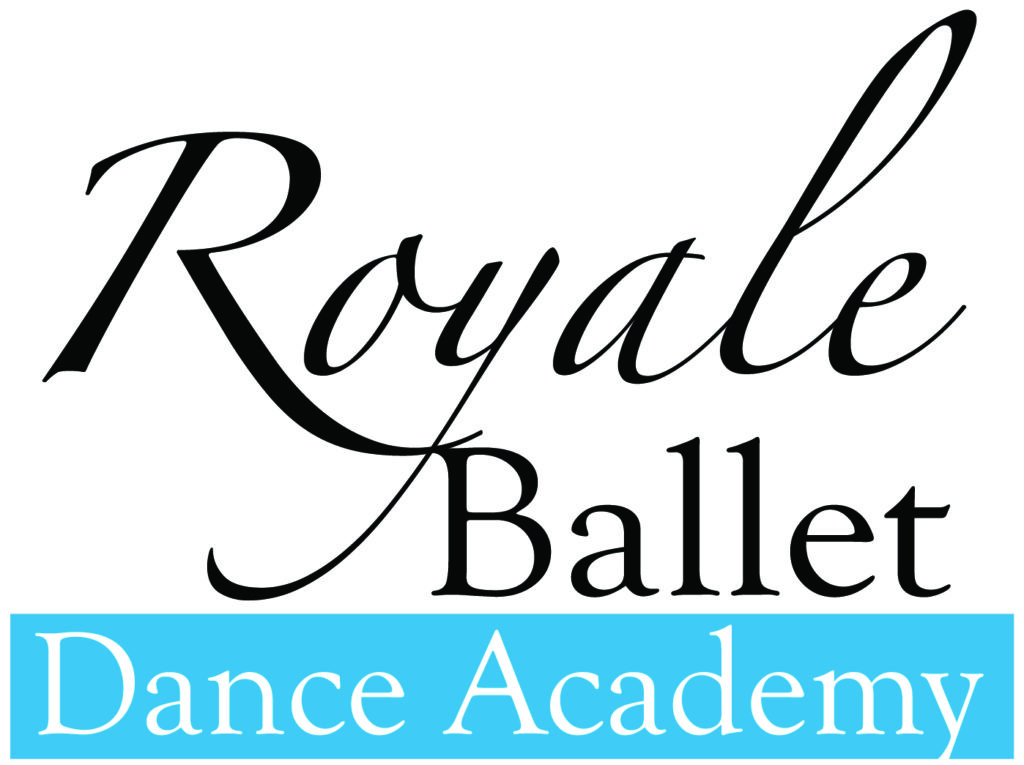
Our Website: https://www.royaleballet.com/
See Our Google Reviews: https://maps.app.goo.gl/qqJPmTktrd96qD4r5
Contact Us: https://royaleballet.com/contact
comments +